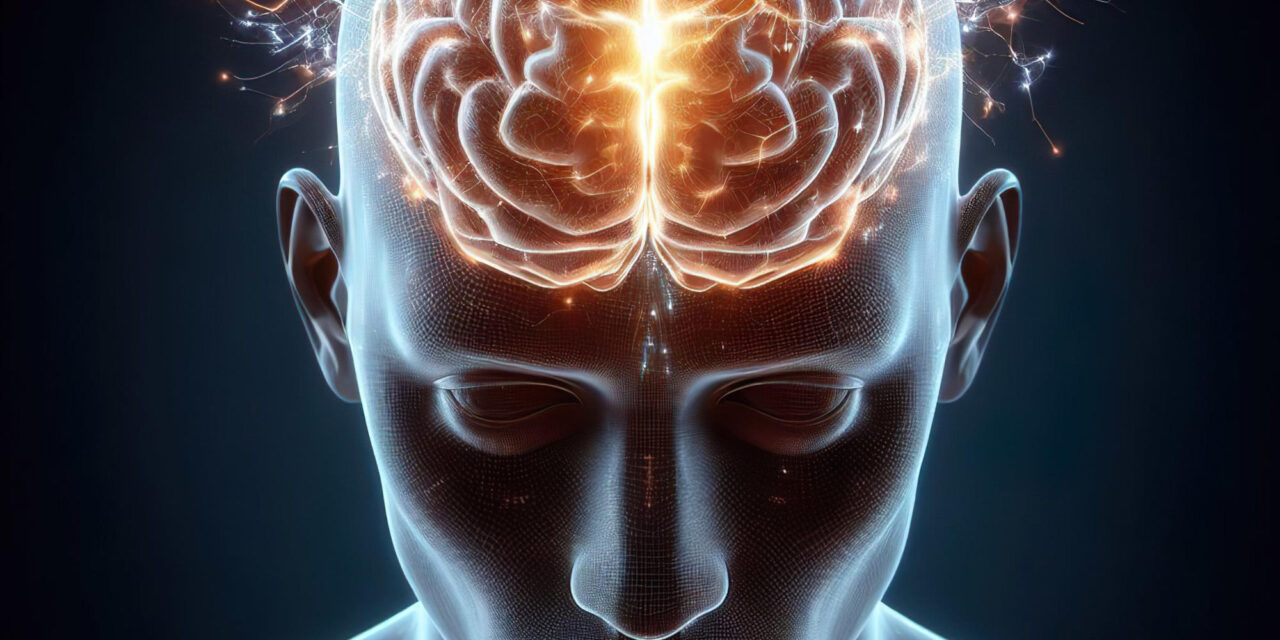University of Queensland Researchers Uncover Diagnostic Challenges
A groundbreaking study conducted by researchers at the University of Queensland has revealed that nearly 70% of patients initially suspected of having frontotemporal dementia (FTD) were ultimately misdiagnosed. The findings highlight the complexities in diagnosing this neurological disorder and underscore the need for more accurate diagnostic approaches.
Psychiatrist Dr. Joshua Flavell and cognitive neurologist Professor Peter Nestor led the research at the Mater Hospital Memory and Cognitive Disorders Clinic and UQ’s Queensland Brain Institute. The study analyzed data from 100 patients referred by specialists, including neurologists, psychiatrists, and geriatricians, with suspected cases of FTD.
High Rate of Misdiagnosis Identified
“Of the 100 patients, 34 were true-positive, and 66 were false-positive for frontotemporal dementia,” Dr. Flavell stated. The study found that misinterpretation of brain scans, particularly nuclear imaging, was a significant factor, leading to incorrect diagnoses in 32 patients. Additionally, cognitive testing, such as assessments of executive function, contributed to 20 cases of misdiagnosis.
The research compared initial referrals with final clinical diagnoses to identify key patterns in diagnostic accuracy.
Understanding Frontotemporal Dementia
Frontotemporal dementia is one of the most common forms of dementia in people under the age of 65. Unlike Alzheimer’s, which primarily affects memory, FTD causes degeneration of the frontal and temporal lobes of the brain, leading to changes in personality, behavior, and executive function.
Dr. Flavell emphasized the importance of careful interpretation of diagnostic tests. “We found that patients with prior psychiatric histories were more likely to be misdiagnosed. Misinterpretation of brain scans and cognitive testing, particularly formal neuropsychological assessments, played a major role in these errors.”
Challenges in Diagnosis and Recommendations
Professor Nestor cautioned physicians against over-reliance on neuroimaging and neuropsychological testing when diagnosing FTD. “More emphasis should be placed on directly observing behaviors associated with frontotemporal dementia and identifying physical neurological signs in the clinic, rather than relying solely on second-hand symptom reports,” he advised.
The study followed patients for up to five years to confirm their diagnoses. Researchers believe that raising awareness of these diagnostic pitfalls could lead to improved accuracy in identifying frontotemporal dementia.
Reference: “Factors associated with true-positive and false-positive diagnoses of behavioural variant frontotemporal dementia in 100 consecutive referrals from specialist physicians” by Joshua Flavell, Emily G. M. Ahern, Benignus Logan, Thomas B. Shaw, Robert J. Adam, Caitlin A. T. McElligott, and Peter J. Nestor, 14 January 2025, European Journal of Neurology. DOI: 10.1111/ene.70036
Disclaimer: This article is for informational purposes only and does not constitute medical advice. Readers should consult healthcare professionals for diagnosis and treatment of medical conditions.












